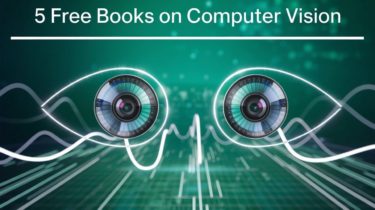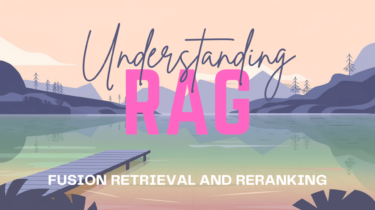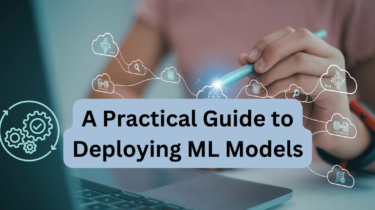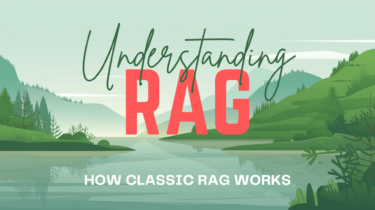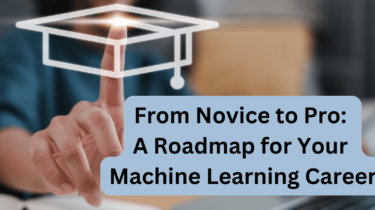5 Free Books on Computer Vision
Image by Author | Ideogram5 Free Books on Computer Vision Computer vision is a branch of Artificial Intelligence (AI) that studies how machines can interpret and understand visual information, such as images and videos. Most computer vision models today are based on deep learning architectures like Convolutional Neural Networks (CNNs), which excel at tasks such as image classification, object detection, and segmentation. However, the necessary fundamentals to deeply understand the field date back to earlier times. To help you master […]
Read more